The gaming and virtual reality industries have reached a pivotal moment where milliseconds can make or break user experiences. As motion-controlled interfaces become increasingly sophisticated, reducing latency in haptic feedback systems has emerged as a critical frontier for developers. This isn't merely about shaving off fractions of a second—it's about achieving that imperceptible synchronization between physical movement and digital response that tricks the human nervous system into believing the virtual is real.
Understanding the latency challenge requires examining how our bodies perceive delay. Neuroscientific studies reveal that humans can detect input-to-output delays as low as 10-15 milliseconds in haptic interfaces. When latency exceeds 20ms, users consistently report "floaty" or "disconnected" sensations that shatter immersion. Current-generation controllers typically operate in the 30-50ms range due to signal processing pipelines, creating an urgent need for architectural overhauls rather than incremental improvements.
The most promising breakthroughs come from predictive motion algorithms that analyze micro-patterns in user behavior. By tracking subtle pre-movement muscle activation through advanced IMU sensors, next-gen controllers can initiate response sequences before full gestures manifest. This biological forecasting approach, combined with edge computing that processes data closer to the sensor source, has demonstrated latency reductions of 40-60% in prototype testing.
Wireless transmission protocols represent another battleground for latency optimization. While Bluetooth LE Audio shows promise with its 5ms theoretical latency, developers are experimenting with hybrid systems that combine ultra-wideband radio for timing synchronization with customized compression algorithms. These solutions maintain haptic resolution while eliminating the packet buffering delays that plague conventional wireless systems.
Perhaps the most radical innovations emerge from neuromorphic engineering principles. Several research teams have developed event-based sensing systems that mimic the human nervous system's sparse coding approach. Instead of constant polling, these sensors only transmit data when meaningful threshold changes occur, dramatically reducing the processing load. Early implementations show sub-8ms total latency while consuming less power than traditional architectures.
The software stack deserves equal attention, as operating system bottlenecks often introduce unexpected delays. Real-time kernel modifications that prioritize haptic feedback threads, combined with GPU-accelerated physics engines, can eliminate microseconds of jitter that accumulate across the pipeline. Some developers are even bypassing standard input APIs to create dedicated data pathways between sensors and rendering engines.
User testing reveals fascinating perceptual nuances about latency tolerance. While competitive gamers demand absolute minimal delay, casual users actually prefer slight artificial anticipation in certain scenarios—a phenomenon being explored through adaptive latency profiles. These intelligent systems dynamically adjust timing based on activity type, user skill level, and even measured stress responses to maintain optimal perceived responsiveness.
As we approach the theoretical limits of electrical signal transmission speed, the next frontier involves material science breakthroughs in sensor design. Piezoelectric polymers with faster deformation response times, combined with graphene-based strain sensors that detect movement at the molecular level, promise to redefine what's physically possible in controller responsiveness. When these material advances converge with the algorithmic improvements, we may finally achieve that elusive "direct extension of the body" feeling that has driven interface designers for decades.
The implications extend far beyond gaming. Medical robotics, industrial control systems, and even smartphone interfaces stand to benefit from these latency optimizations. As the technology matures, we're witnessing the emergence of an entirely new design philosophy where temporal precision isn't just a technical specification—it's the foundation for creating interfaces that feel like natural extensions of human will.

By /Jul 29, 2025
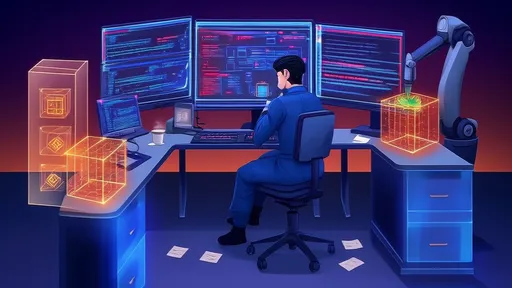
By /Jul 29, 2025
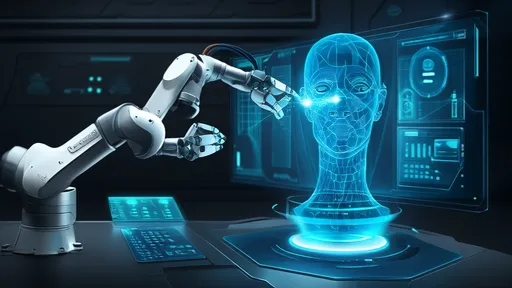
By /Jul 29, 2025

By /Jul 29, 2025
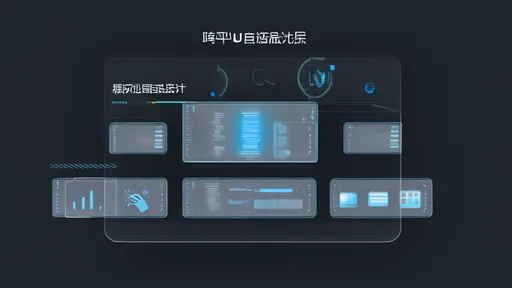
By /Jul 29, 2025

By /Jul 29, 2025

By /Jul 29, 2025

By /Jul 29, 2025

By /Jul 29, 2025

By /Jul 29, 2025

By /Jul 29, 2025

By /Jul 29, 2025
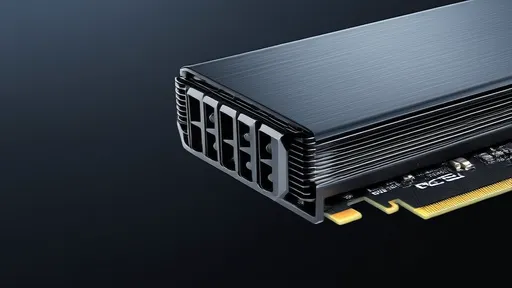
By /Jul 29, 2025

By /Jul 29, 2025

By /Jul 29, 2025
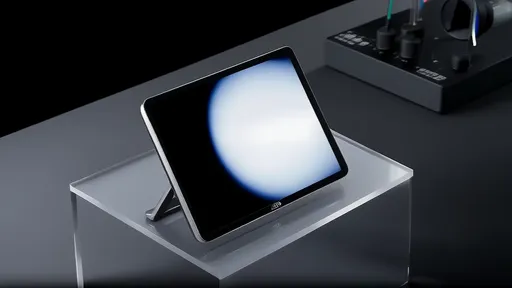
By /Jul 29, 2025
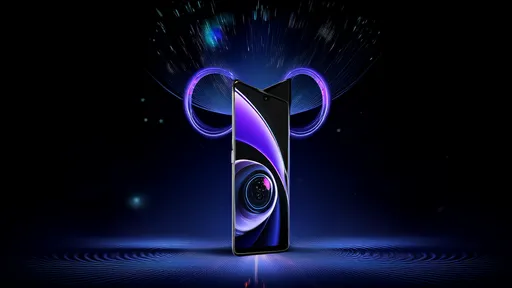
By /Jul 29, 2025
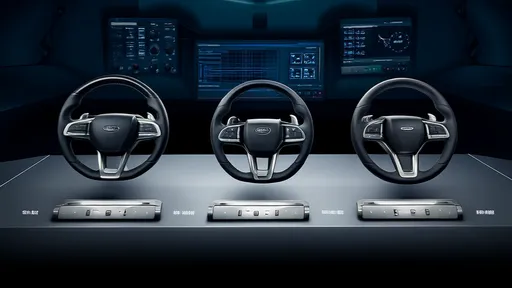
By /Jul 29, 2025

By /Jul 29, 2025

By /Jul 29, 2025